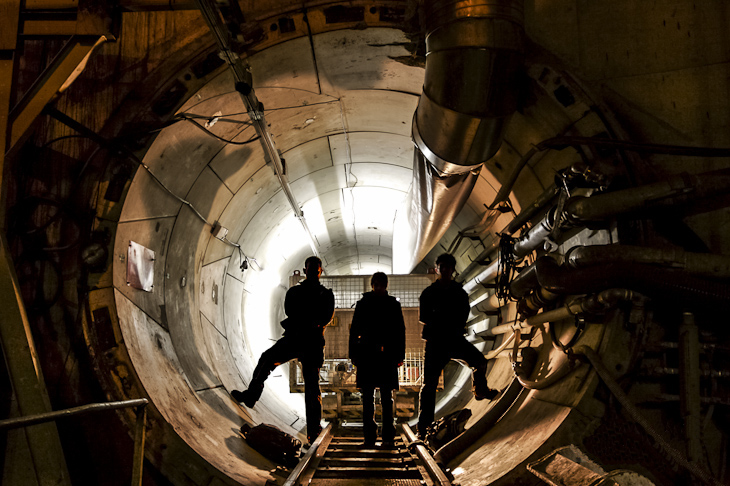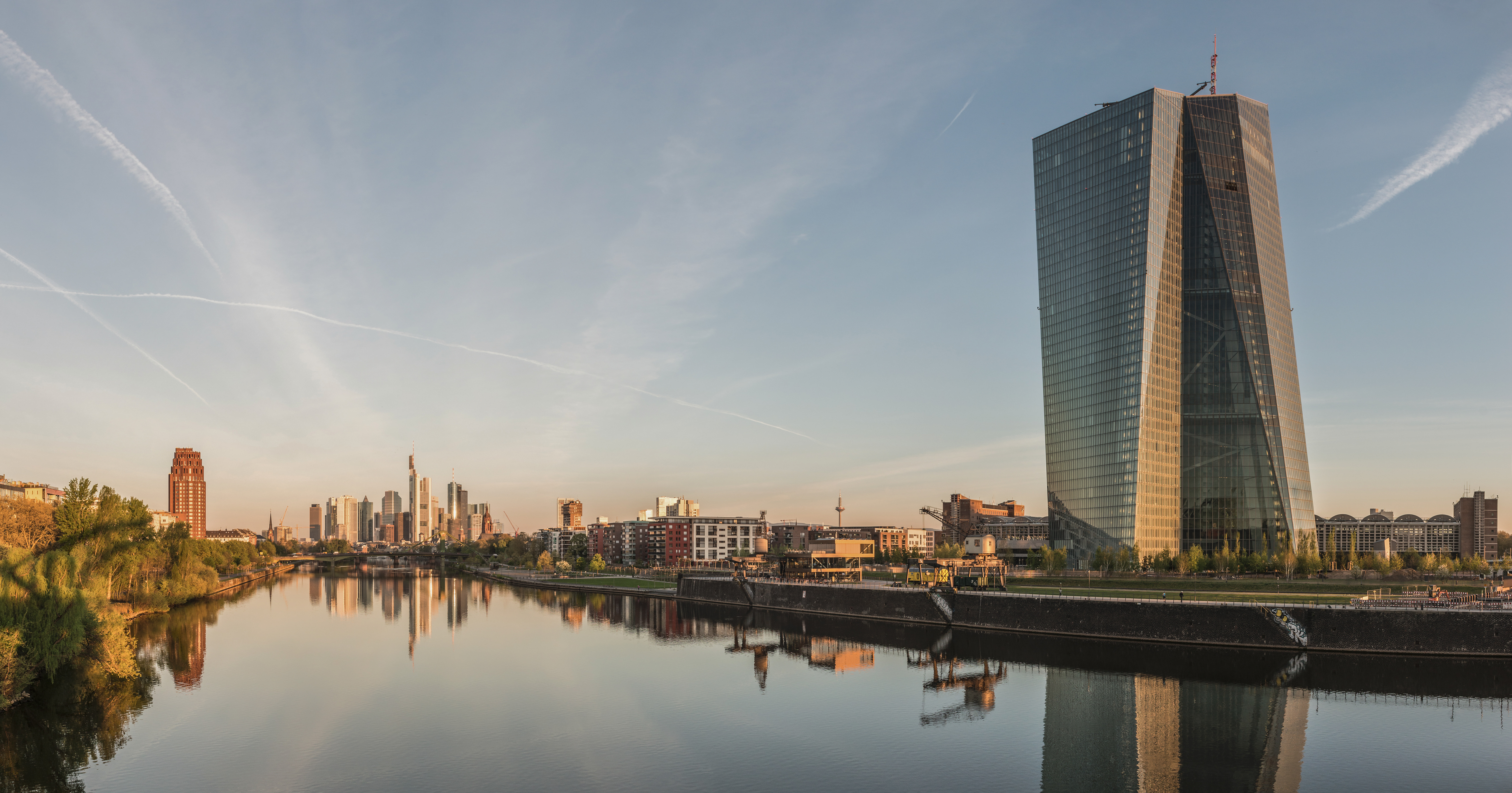|
Cataphile
Cataphiles are urban explorers who illegally tour the Mines of Paris, a term popularly used to describe a series of tunnels that were built as a network of stone mines, which are no longer used. The Catacombs of Paris comprise a subset of this network. Unauthorized visits Entrance to the mines is restricted. The portion open to the public (the catacombs) is only a small part of an extensive network of tunnels, which spans around in length and criss-cross large sections of the city. The tunnel system is complex, and though some tunnels have plaques indicating the name of the street above, it is easy to get lost. Some passages are low or narrow, and others are partially flooded. There are aging telephone wires, pipes, and other impediments that can hinder progress, and cave-ins, although rare, do occasionally occur. A good guide is indispensable, and many guides occasionally refer to a map. Because of these dangers, accessing the catacombs without official escort has been illegal ... [...More Info...] [...Related Items...] OR: [Wikipedia] [Google] [Baidu] |
Urban Exploration
Urban exploration (often shortened as UE, urbex, and sometimes known as roof and tunnel hacking) is the exploration of manmade structures, usually abandoned ruins or hidden components of the manmade environment. Photography and historical interest/documentation are heavily featured in the hobby, sometimes involving trespassing onto private property. Urban exploration is also called draining (a specific form of urban exploration where storm drains or sewers are explored), urban spelunking, urban rock climbing, urban caving, building hacking, or Mouse-holing, mousing. The activity presents various risks, including physical danger, the possibility of arrest and punishment if done illegally and/or without permission, and the risk of encountering Squatting, squatters. Some activities associated with urban exploration may violate local or regional laws, certain broadly interpreted Anti-terrorism legislation, anti-terrorism laws, or can be considered trespassing or invasion of privacy ... [...More Info...] [...Related Items...] OR: [Wikipedia] [Google] [Baidu] |
Mines Of Paris
The mines of Paris ( – "quarries of Paris") comprise a number of abandoned, subterranean mines under Paris, France, connected together by galleries. Three main networks exist; the largest, known as the ("large south network"), lies under the 5th, 6th, 14th and 15th arrondissements, a second under the 13th arrondissement, and a third under the 16th, though other minor networks are found under the 12th, 14th and 16th for instance. The commercial product was Lutetian limestone for use as a building material, as well as gypsum for use in "plaster of Paris". Exploring the mines is prohibited by the prefecture and penalised with large fines. Despite restrictions, Paris's former mines are frequently toured by urban explorers known popularly as cataphiles. A limited part of the network— in length—has been used as an underground ossuary, known as the catacombs of Paris, some of which can be toured legally. The catacombs were temporarily closed between September and 19 D ... [...More Info...] [...Related Items...] OR: [Wikipedia] [Google] [Baidu] |
Catacombs Of Paris
The Catacombs of Paris (, ) are underground ossuaries in Paris, France, which hold the remains of more than six million people. Built to consolidate Paris's ancient stone quarries, they extend south from the ("Gate of Hell") former city gate. The ossuary was created as part of the effort to eliminate the effects of the city's overflowing cemeteries. Preparation work began shortly after a 1774 series of basement wall collapses around the Holy Innocents' Cemetery added a sense of urgency to the cemetery-eliminating measure, and from 1788, nightly processions of covered wagons transferred remains from most of Paris's cemeteries to a mine shaft opened near the . The ossuary remained largely forgotten until it became a novelty-place for concerts and other private events in the early 19th century; after further renovations and the construction of accesses around , it was opened to public visitation from 1874. Since 2013, the Catacombs have numbered among the fourteen City of Paris ... [...More Info...] [...Related Items...] OR: [Wikipedia] [Google] [Baidu] |
Catacombs RueDeLaVoieVerte
Catacombs are man-made underground passages primarily used for religious purposes, particularly for burial. Any chamber used as a burial place is considered a catacomb, although the word is most commonly associated with the Roman Empire. Etymology and history The first place to be referred to as ''catacombs'' was the system of underground tombs between the 2nd and 3rd milestones of the Appian Way in Rome, where the bodies of the apostles Saint Peter, Peter and Paul the Apostle, Paul, among others, were said to have been buried. The name of that place in Latin, Late Latin was ''catacumbas'' (feminine nominative plural; the singular is ''catacumba'') — a word of obscure origin, possibly deriving from a proper name or a derivation of the Greek phrase ''cata cumbas'', "below the quarries". The word referred originally only to the Catacombs of Rome, Roman catacombs, but was extended by the 19th century to refer to any subterranean receptacle of the dead, as in the 18th-century Cat ... [...More Info...] [...Related Items...] OR: [Wikipedia] [Google] [Baidu] |
Cave-in
A cave-in is a collapse of a geologic formation, mine or structure which may occur during mining, tunneling, or steep-walled excavation such as trenching. Geologic structures prone to spontaneous cave-ins include alvar, tsingy and other limestone formations, but can also include lava tubes and a variety of other subsurface rock formations. Glacier caves and other ice formations are very prone to collapse from exposure to warm temperatures or running water. In mining, the term roof fall is used to refer to many types of collapses, ranging from the fall of a single flake of shale to collapses that form sink holes that reach to the surface. However, roof falls in mining are not all accidental. In longwall mining and retreat mining, miners systematically remove all support from under large areas of the mine roof, allowing it to settle just beyond the work area. The goal in such mining methods is not to prevent roof fall and the ensuing surface subsidence, but rather to ... [...More Info...] [...Related Items...] OR: [Wikipedia] [Google] [Baidu] |
Euro
The euro (currency symbol, symbol: euro sign, €; ISO 4217, currency code: EUR) is the official currency of 20 of the Member state of the European Union, member states of the European Union. This group of states is officially known as the euro area or, more commonly, the eurozone. The euro is divided into 100 1 euro cent coin, euro cents. The currency is also used officially by the institutions of the European Union, by International status and usage of the euro, four European microstates that are not EU members, the British Overseas Territory of Akrotiri and Dhekelia, as well as unilaterally by Montenegro and Kosovo. Outside Europe, a number of special territories of EU members also use the euro as their currency. The euro is used by 350 million people in Europe and additionally, over 200 million people worldwide use currencies pegged to the euro. It is the second-largest reserve currency as well as the second-most traded currency in the world after the United Sta ... [...More Info...] [...Related Items...] OR: [Wikipedia] [Google] [Baidu] |
Les UX
The ''UX'' (short for ''Urban eXperiment'') is an underground organization of Urban explorers that improves hidden corners of Paris. Their work includes an undercover effort to repair and restore the Panthéon's clock, building a cinema — complete with a bar and a restaurant — in a section of the Paris Catacombs underneath the Trocadéro, restoring medieval crypts, and staging plays and readings in monuments after dark. The group's membership is largely secret, but its spokespeople include Lazar Kunstmann. History With its start in September 1981, the founders of the group stole plans of the many underground passageways and tunnels for which Paris is famous. Using this information as a base, the group of anonymous artists and citizens have since restored much of Paris's underground infrastructure, including the Panthéon clock, which chimed for the first time in many years after its repair. The group is also responsible for over a dozen other projects, including those whi ... [...More Info...] [...Related Items...] OR: [Wikipedia] [Google] [Baidu] |
Culture Of Paris
The ''culture of Paris'' concerns the arts, music, museums, festivals and other entertainment in Paris, the capital city of France. The city is today one of the world's leading business and cultural centers; entertainment, music, media, fashion, and the arts all contribute to its status as one of the world's major global cities. Paris is also home to notable cultural attractions such as the Louvre, Musée Picasso, Musée Rodin, Musée du Montparnasse, and Musée National d'Art Moderne. The Musée d'Orsay and Musée de l'Orangerie are notable for housing Impressionist era masterpieces, while art and artifacts from the Middle Ages can be seen in Musée Cluny. A variety of landmarks and objects are cultural icons associated with Paris, such as Eiffel Tower, Notre Dame de Paris and Opéra Garnier. Many of Paris' once-popular local establishments have come to cater to the tastes and expectations of tourists, rather than local patrons. Le Lido, the cabaret-dance hall, for example ... [...More Info...] [...Related Items...] OR: [Wikipedia] [Google] [Baidu] |
Subterranea (geography)
Subterranea are ''underground structures'', both natural (such as caves) and human-made (such as Mining, mines). Some subterranea and related topics include: Natural * Caves ** Cenote ** Ice cave ** Sea cave ** Sinkhole * Karst * Lava tube ** Lunar lava tube, Lunar and Martian lava tubes * Subterranean river * Subterranean waterfall * Underground lake * Volcanic pipe Human-made or human-related by common function The following is a list of examples of structures which are or can be underground. * Civil defense ** Air raid shelter ** Blast shelter ** Fallout shelter ** Storm cellar * Cultural heritage ** Catacombs ** Dungeon ** Erdstall ** Fogou ** Hypogeum ** Passage grave ** Rock-cut architecture *** Rock-cut tomb * Disposal of human corpses, Disposal of corpses or religion: ** Burial vault (tomb), Burial vault ** Crypt * Underground living, Living ** Basement ** Cave dweller, Cave dwelling ** Dugout (shelter), Dugout ** Earth shelter ** Underground city * Maintenance ** ... [...More Info...] [...Related Items...] OR: [Wikipedia] [Google] [Baidu] |





